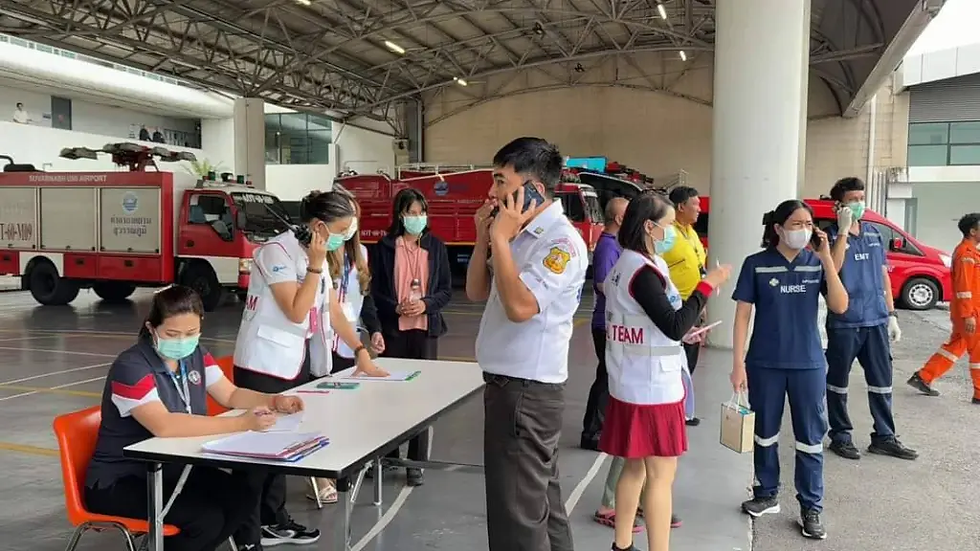Fatal Turbulence Hits Singapore Airlines Flight, Causing One Death and Several Injuries
One person has died, and several others were injured when a Singapore Airlines flight from London encountered severe turbulence. The Boeing 777-300ER, bound for Singapore, was diverted to Bangkok, landing at 15:45 local time (08:45 GMT).
Flight tracking data indicated that the aircraft dropped 6,000 feet (2,000 meters) within minutes after crossing the Bay of Bengal. The flight, SQ 321, was carrying 211 passengers and 18 crew members.
"Singapore Airlines offers its deepest condolences to the family of the deceased," the airline said in a statement. It added that it was working with Thai authorities to provide medical assistance to the passengers and had sent a team to Bangkok to offer additional support.
Thai authorities dispatched ambulances and emergency teams to Suvarnabhumi Airport. Singapore's Transport Minister Chee Hong Tat expressed his sorrow over the incident and assured government assistance to the passengers and their families. "I am deeply saddened to learn about the incident onboard Singapore Airlines flight SQ321 from London Heathrow to Singapore," he posted on Facebook.
The specifics of what transpired onboard remain unclear. Dzafran Azmir, a 28-year-old student and passenger, told Reuters that the aircraft suddenly tilted and started shaking before experiencing a dramatic drop.
“Everyone seated and not wearing a seatbelt was launched into the ceiling," he recounted. Some passengers hit their heads on overhead baggage cabins, causing significant damage to the interior.
Turbulence is often caused by flying through clouds, but "clear air" turbulence, which cannot be detected by weather radar, is also a factor. Aviation expert John Strickland noted that while injuries from severe turbulence are rare given the number of flights operated, such incidents can be dramatic and cause severe injuries or fatalities. He emphasized the importance of keeping seat belts fastened throughout flights.
Research suggests that climate change may increase the frequency of severe turbulence in the future.















Comments